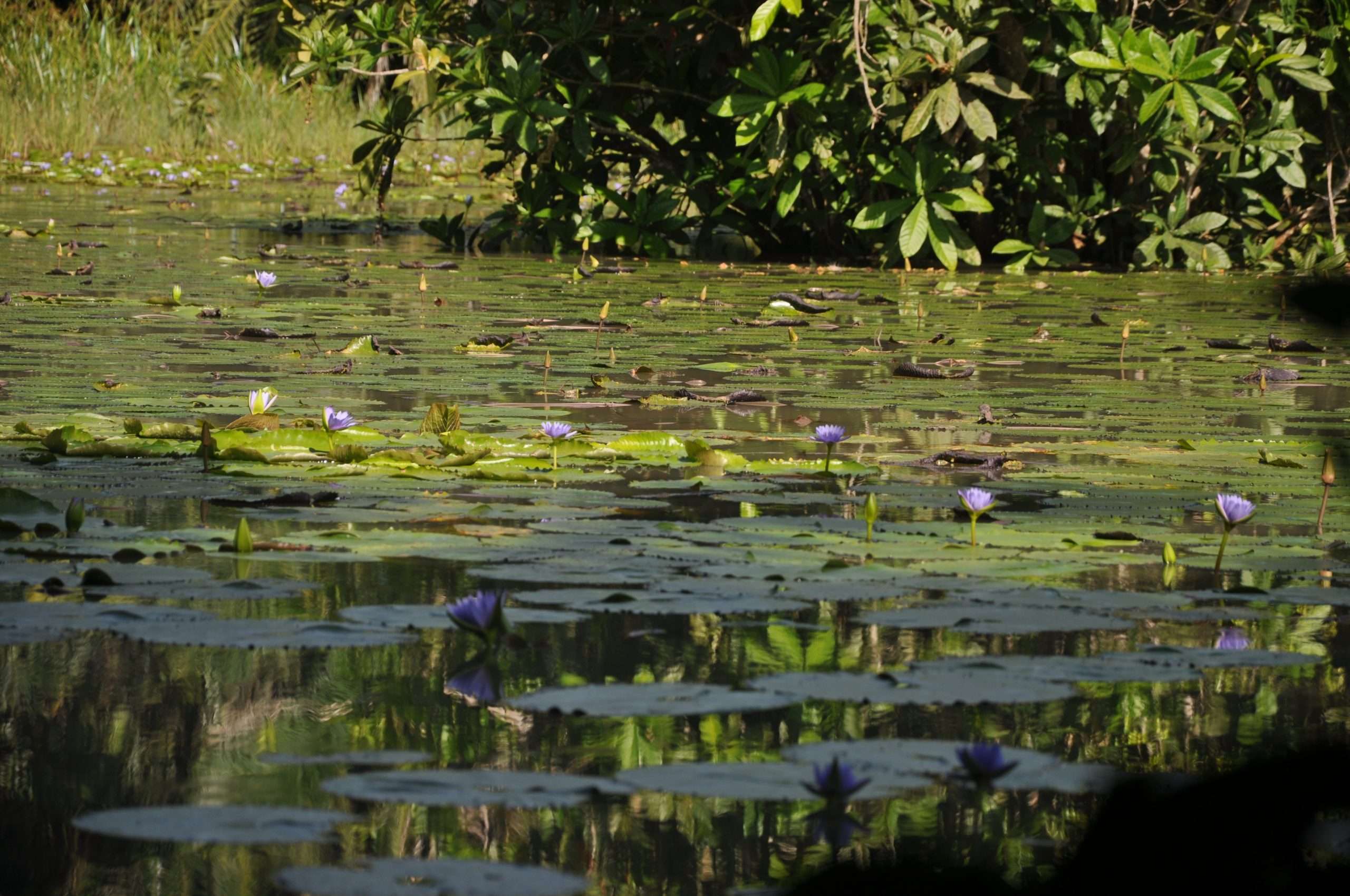Zanzibar is not just about dream beaches and crystal clear waters. Masingini Forest proves it. It’s a large forest close to the city, this allows you to reach it without making big trips. You can go on a nice hike among red monkeys and ancient trees. You can access it for free although, to explore the greater forest in a safe way, it is highly recommended to pay a full guided tour.
The landscape of the forest is named after the Masingini forest (MNFR) which means gullies. In fact, the forest is characterized by more than 35 gorges. Masingini is located in the western district of Unguja about 8 km from the town of Zanzibar. It is located on the highest peak of Zanzibar; about 120 meters above sea level. The forest area is 566 hectares. The forest was established in the 1950s to preserve water sources and soil.
Today, the Masingini forest is an essential part of the water supply for the city of Zanzibar, creating large deposits of groundwater. Unlike most of the Zanzibar forests, Masingini has a deep soil rich in nutrients that creates a lush living environment for a wide variety of plants and animal species.
The flora of the Masingini forest is home to over 179 plant species including endemic and rare native species. The forest offers a habitat for herbs and shrubs used in traditional medicine. For example Mimosa can be used to increase memory, Mabola Palm treats fever and Lesser Quinine is used as a pesticide.
In the fauna we find some of the rarest species present on the island. The autochthonous red colobus monkeys of Zanzibar belonging to the taxonomic group of the most threatened primates in the world. They are known for using charcoal or clay for medicinal purposes to combat cyanide from their diet leave.
Other species of forest monkeys include the Velvet and Sykes monkeys. The Masingini Forest also hosts a small antelope mammal called Blue Duicker that thrives in forest environments where it can leaf through leaves, seeds and fruits and find everything from small insects to rodents to consume them. Small animals such as shrews of elephants, snakes and reptiles, arthropods and insects roam the soil of the Masingini Forest. Here it is very possible to meet the giant African centipedes that can grow up to 40 centimeters long, have over 250 legs and a duration of 7 years. The forest also has a wide variety of species of butterflies and amphibians.


